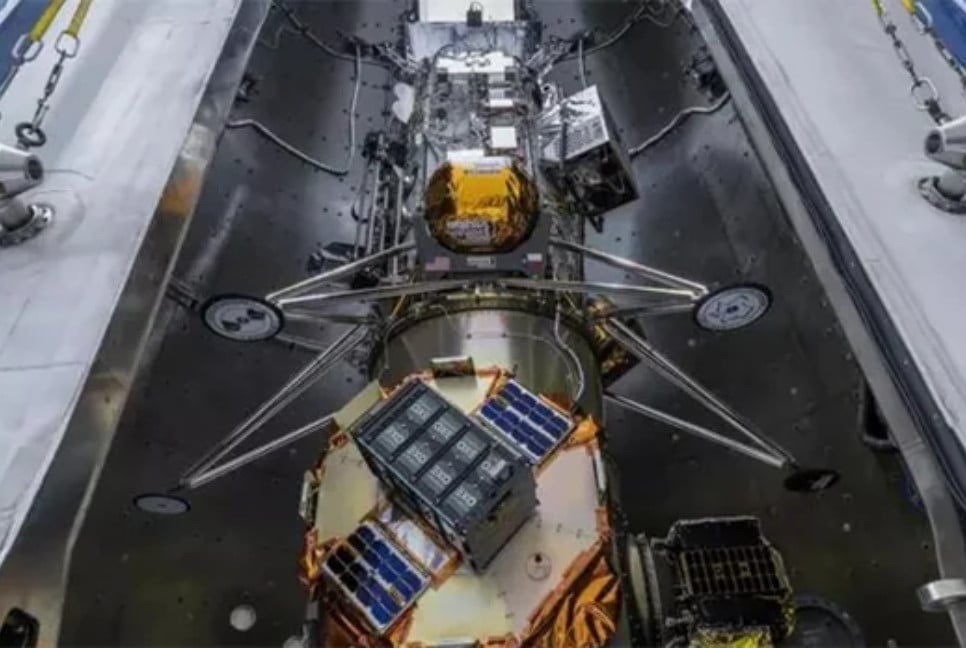Is your Windows PC constantly crashing or freezing? Don't worry – there are simple fixes you can try at home. Here are nine easy solutions to help resolve the issue. Let's dive in!
1. Check all of your cable connections
The first step in fixing a crashing computer is to check that all connections are secure. For desktops, verify everything is plugged in and try a different electrical outlet to rule out power issues.
If you're comfortable opening your desktop, check that all PCI connections and power supply cables, including those for the GPU and CPU, are securely plugged in.
2. Make sure your computer isn't overheating
Overheating is a common cause of computer crashes and shutdowns. If your CPU or graphics card gets too hot, the computer may shut down to prevent damage. Signs of overheating include excessive heat, loud fan noise, or a laptop being hot to the touch.
To prevent overheating, clean your computer by blowing out dust from the interior fans with compressed air. Ensure your PC is in a well-ventilated area, avoiding placement under a desk where airflow is restricted. This helps prevent dust build-up and ensures proper cooling.
3. Boot your PC into safe mode
If your cables are connected properly and your computer isn't overheating, try booting into safe mode. Safe mode allows Windows to run with essential files and drivers, helping you identify if new software or hardware is causing crashes. In safe mode, you can access error logs and run diagnostics to troubleshoot the issue.
How to boot into safe mode (Windows 10)
There are a few different ways to boot into Windows safe mode, and it is a bit different depending on whether you are using Windows 10 or 11. To start, here's how you can boot into safe mode on Windows 10 from the settings panel:
- Press the Windows key
- Click Settings
- Click System
- Scroll down and click Recovery
- Click Advanced Startup - Restart Now
- Once your computer restarts, you'll click Troubleshoot
- Click Advanced options
- Click Startup settings
- Click Restart again
Your computer will restart again, and this time, your computer will boot into safe mode.
How to boot into safe mode (Windows 11)
The process is slightly different if you use a Windows 11 PC instead of a Windows 10 machine. Here's what to do if you are using a Windows 11 PC:
- Press the Windows key or click on the Start button
- While holding the Shift key, click the power icon in the bottom left corner
- While continuing to hold the shift key, press restart
- Once your computer restarts, it will automatically boot into safe mode.
4. Check the Windows logs for errors
Now that you're in safe mode, you should look at the Windows logs. You can access the Windows error logs through the Event Viewer. Here's how to access the Windows Event Viewer:
- Press the Windows icon in the start bar
- Search for Event Viewer
- Open the Event Viewer app
- In the left panel, double-click Windows logs
- Click either Application or SystemApplication will show you Windows logs and errors related to applicationsSystem will show you Windows logs and errors related to the operating system
- Application will show you Windows logs and errors related to applications
- System will show you Windows logs and errors related to the operating system
- In both the Application and System, read through and write down the error code for any errors when your PC last crashed.
- You can access the error code by double-clicking any error in the log.
- Run a Google search for any error codes that come up.
5. Perform an OS update
An outdated version of Windows can cause conflicts with both your software and even hardware components in your PC. This is a major cause of PC crashes, so you'll want to ensure your Windows operating system is entirely up to date. Here's how to run a system update on Windows:
- Click the Windows icon in the taskbar
- Click the Gear (Settings) icon in the start menu
- Click Windows Update
- Press the Check for Updates button
- Download and install any new updates available for your PC
6. Run an antivirus scan
Even if you don't own any antivirus software, you should at least run a scan with the built-in Windows Defender. Here's how to access Windows Defender and run an antivirus scan:
- Click the Windows icon in the taskbar
- Click the Gear (settings) icon in the start menu
- Click Privacy & Security
- At the top, click Windows Security
- Click Virus & Threat protection
- Click the Scan options button underneath Quick scan
- Select Full scan
- Quarantine any threats detected during the virus scan.
Is Windows Defender enough to protect you?
Windows Defender provides solid built-in security, but it has limitations in areas like phishing, spam protection, and update speed. To enhance protection against malware, phishing, and ransomware, it's recommended to use premium antivirus software on all devices, which can help protect personal information and alert you to potential threats.
7. Check the hard drive for errors
You can use the Windows Command Prompt to check your hard drive for errors. If your hard drive has an error, you might need to perform a system restore, which we'll discuss later. For now, here's how to use the command prompt to check for hard drive errors:
- Click the Windows icon in the taskbar
- Type CMD and open the Command Prompt
- Right-click on the Command Prompt box and click Run as administrator
- Type sfc/scannow and press enter
The command prompt will now check your hard drive for corrupt files and replace them. This may take some time. Once the process is complete, and you have errors that cannot be automatically replaced, you will unfortunately need to replace your hard drive and reinstall Windows.
8. Check for issues with your RAM
RAM problems can lead to random crashes on your Windows PC. If this happens, replacing the RAM modules might be necessary. You can do this yourself if you're knowledgeable, or have it done at a computer shop for a small fee. Here's how to check for RAM issues on your PC:
- At the same time, press the Windows Key + R on your keyboard
- This will execute the Run application in Windows
- Type Mdsched.exe and press enter; this will launch the Window Memory Diagnostics repair tool
- Click Restart now and check for memory problems
Now, your computer will run through a memory check, and if you encounter an issue, beware that you might have to replace your RAM.
9. Perform a system restore
If your PC just started crashing, try performing a system restore to revert your Windows OS to a previous date before the issue began. This will erase recent files and settings, so it should be used as a last resort in troubleshooting.
- How to perform a system restore
- Click the Windows icon in the taskbar
- Type system restore
- Click Create a Restore Point
- Once the system restore wizard opens, you will see a notification telling you what the system restore will do, click next
- Select a time and date for the system restore and click next
- Click Finish
Source:Foxnews
Bd-pratidin English/ Afia



































































